The Orion Nebula
Hubble Telescopes’ Most Fantastic Photographs
Source: Hubble Site
The Eagle Nebula
Source: Hubble Site
Source: Hubble Site
Discovered
over the course of the years 1745 and 1746 by French astronomer Philippe
de Cheseaux, the Eagle Nebula pictured here is part of the Pillars of
Creation that was first photographed by the Hubble telescope in 1995.
Some scientists have speculated that the nebula may, in fact, no longer
have its distinctive shape thanks to a 2007 supernova explosion in its
vicinity. However, no one is sure what shape the nebula may have taken
due to the time it takes for the light to reach our planet
Carina Nebula
Source: Hubble Site
Source: Hubble Site
Found in the
sky of Earth’s southern hemisphere, the Carina Nebula is another of the
largest and most visible objects in the night sky. Located within the
Carina constellation and in our own Milky Way galaxy, the nebula holds
the distinction of being home to two of the most massive starts in our
galaxy. The portion of the nebula pictured above is but a small part of
the overall nebula which is, in fact, larger than the more popular Orion
Nebula.
A Supernova Explosion
Source: NASA
Source: NASA
This
particular image stands apart from the rest in that it is not a nebula,
but the result of a supernova explosion that would have occurred nearly
7,000 years ago. Despite the age of the explosion and the resulting
gaseous debris that form this cloud, the explosion would have been
visible as the brightest star in the night sky in the year 1006 A.D. The
cloud, which is ever expanding, can be found as a part of the Lupus
constellation.
The Cone Nebula
Source: Hubble Site
Source: Hubble Site
Darker and a
bit more foreboding then some other nebula, the Cone Nebula is in fact
part of larger cluster of nebula (called the Christmas Tree Cluster) and
a star forming body like other nebula in the night sky. The Cone Nebula
lies within the Monoceros constellation and can be viewed in the night
sky near the planet Betelgeuse. The nebula is also called the Jesus
Christ Nebula by some for its resemblance to a praying man.
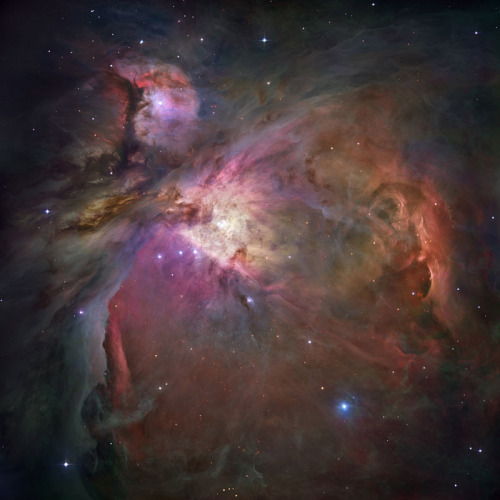
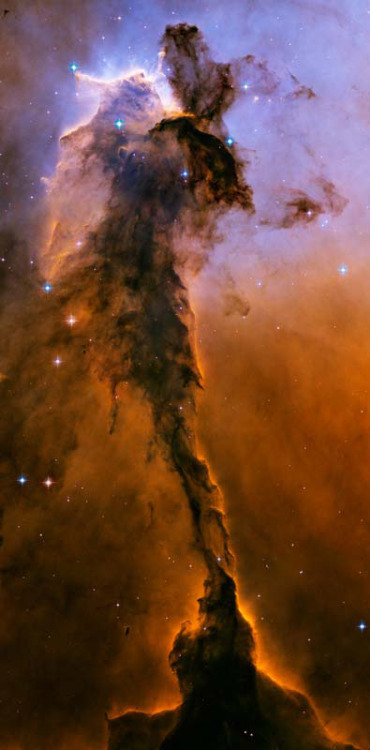
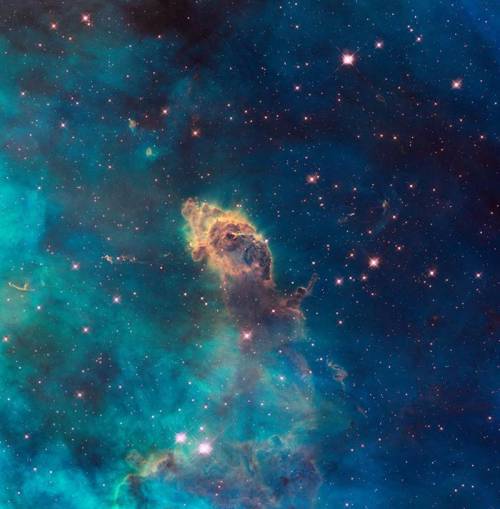
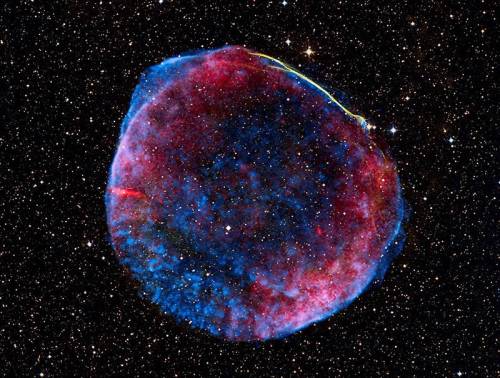
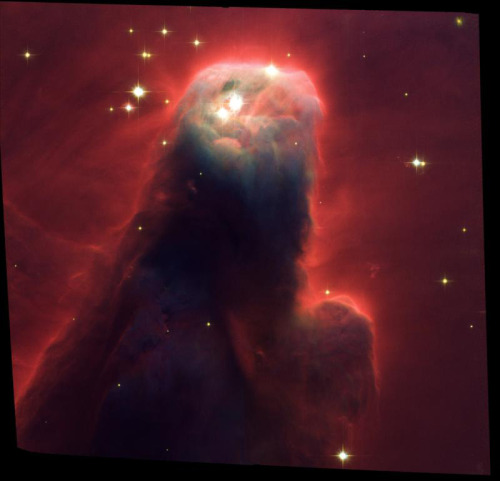
No comments:
Post a Comment